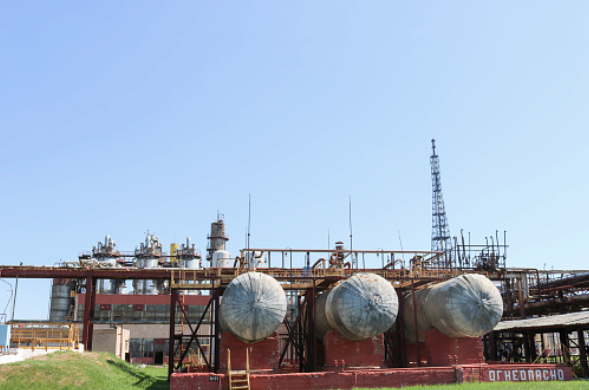Shell and tube heat exchangers are a common alternative to traditional fluidized bed refractories and pipes. The basic concept of a shell and tube heat exchanger is to transfer thermal energy by convection or radiation. It allows large-scale systems ideal for manufacturing, fabrication engineering, and process heating applications.
What is a shell and tube heat exchanger?
A shell and tube heat exchanger is a heat exchanger used to transfer thermal energy between two fluids. A shell and tube heat exchanger consists of several concentric tubes connected by solid sections at their ends. The tubes are connected through tiny openings that allow fluid flow between them.
How do shell and tube heat exchangers work?
Shell and tube heat exchangers work by using two separate chambers within the same unit. One chamber contains a fluid at a high temperature, while the other contains cooling fluid at an even lower temperature. The two chambers are separated by a thin wall that prevents direct contact between them except at the point where they connect.
Shell and Tube Heat Exchangers work by transferring heat from one fluid to another. In this case, it is a gas or liquid being transferred to a second fluid.
Benefits of shell and tube heat exchangers
The shell and tube heat exchanger has many advantages over other types of heat exchangers:
- The shell and tube design are simple to manufacture.
- It does not require a pump to move fluid through the system, which makes it suitable for small-scale applications.
- Its small size allows it to be installed in spaces where other types of heat exchangers would be too large or heavy.
- Manufacturers can use them for both direct hot water heating applications as well as indirect cooling applications because they have no external jacket;
- They are less expensive than other types of hot water piping systems.
- They’re durable. Shells and tubes withstand more pressure than other heat exchangers because they’re made from thicker metals such as aluminum and stainless steel. The long service life of these products ensures that there is no need for frequent maintenance costs associated with these products.
- They’re energy efficient. You’ll save money on utility bills by using less energy to transfer heat.
- Shells and tubes are great options for applications that require temperature regulation or heating/cooling at different rates, such as swimming pools or hot tubs.
- They require less maintenance than other types.
- Excellent thermal efficiency – Low-pressure drop across the tube wall ensures that heat is transferred from one fluid to another with minimum loss of energy.
- High flow rate – The high flow rate ensures better heat transfer between fluids within the shell and tube heat exchangers.
Applications of shell and tube heat exchangers
Shell and tube heat exchangers are used in a variety of industrial applications. In particular, they are used to cool or heat hot and cold liquids, gases, and steam.
In manufacturing heat exchangers, shell and tube heat exchangers transfer heat from one medium to another. They are used in industrial processes such as distillation and drying, where an existing hot medium (such as steam) needs to be cooled or heated through a cooler one (such as water).
The overall application of shell and tube heat exchangers is wide-ranging. The applications include:
Cooling Hydraulic Fluids
Shell and tube heat exchangers are used for cooling hydraulic fluids so that these can be stored without freezing or boiling up during transportation. They do this by exchanging heat between two media, such as air and water or steam and water.
Ship Technology
Shipbuilding is also an energy-intensive industry requiring a lot of energy to operate. Shell and tube heat exchangers are used to manufacture hydraulic fluid for ships. Hydraulic fluid is a liquid that helps lubricate parts inside ships by exchanging heat with hot water, circling through pipes inside the ship’s hulls.
Steam Heating
Shell and tube heat exchangers are used in steam heating applications to transfer the heat from the hot fluid to the cold fluid without losing any helpful energy. It is achieved by using tubes rather than plates and having them run parallel, allowing for a more efficient heat transfer.
Oil Cooling
Shell and tube heat exchangers are also used in oil cooling applications. These are designed to transfer heat from the hot fluid to a coolant, which can then be pumped through a system of pipes or tubing. They often provide cooling for large buildings or industrial plants, such as power stations or refineries.
Seawater Central Cooling
Shell and tube heat exchangers are used in seawater central cooling systems, which are placed between the seawater and an air intake system. It allows water to pump through pipes or tubes which run parallel to each other, allowing for efficient temperature transfer between different fluids within an environment with low relative humidity (RH).
Conclusion
The shell and tube exchanger can be used for various industries because the process is simple, easy to mechanize, and cost-effective. If you’re working in the manufacturing heat exchangers field, it’s essential to understand the many benefits of shell and tube heat exchanger technology. The process is ideal for heat exchange between fluids of differing prices because it is designed with very little pressure loss when operating in series.









